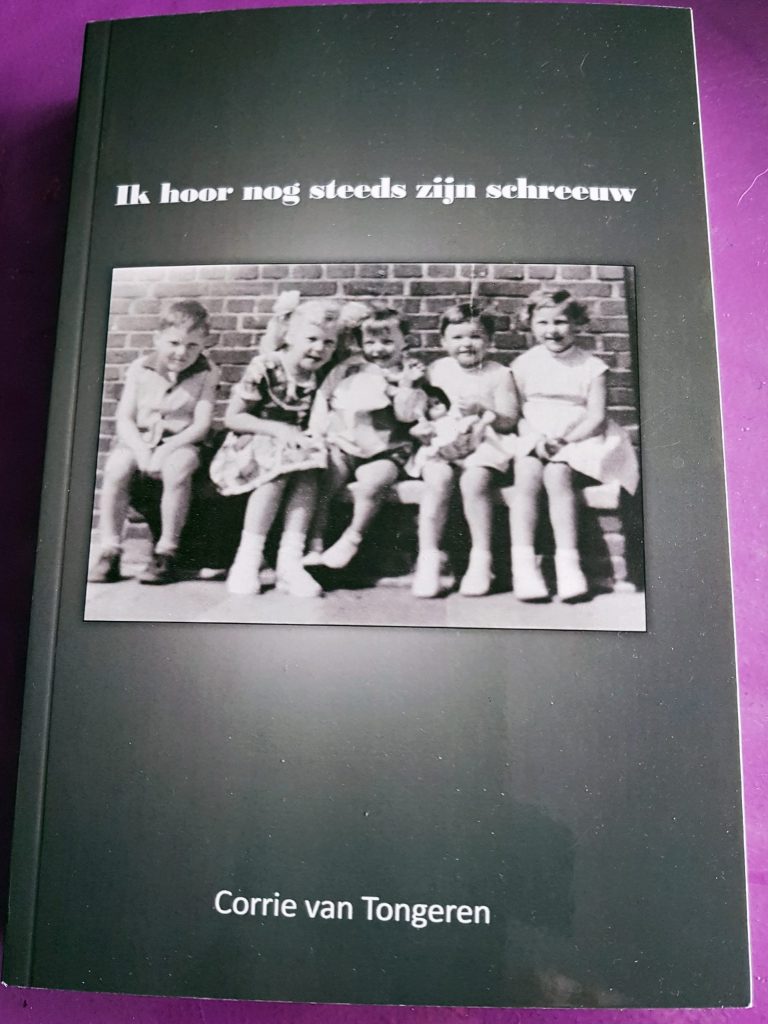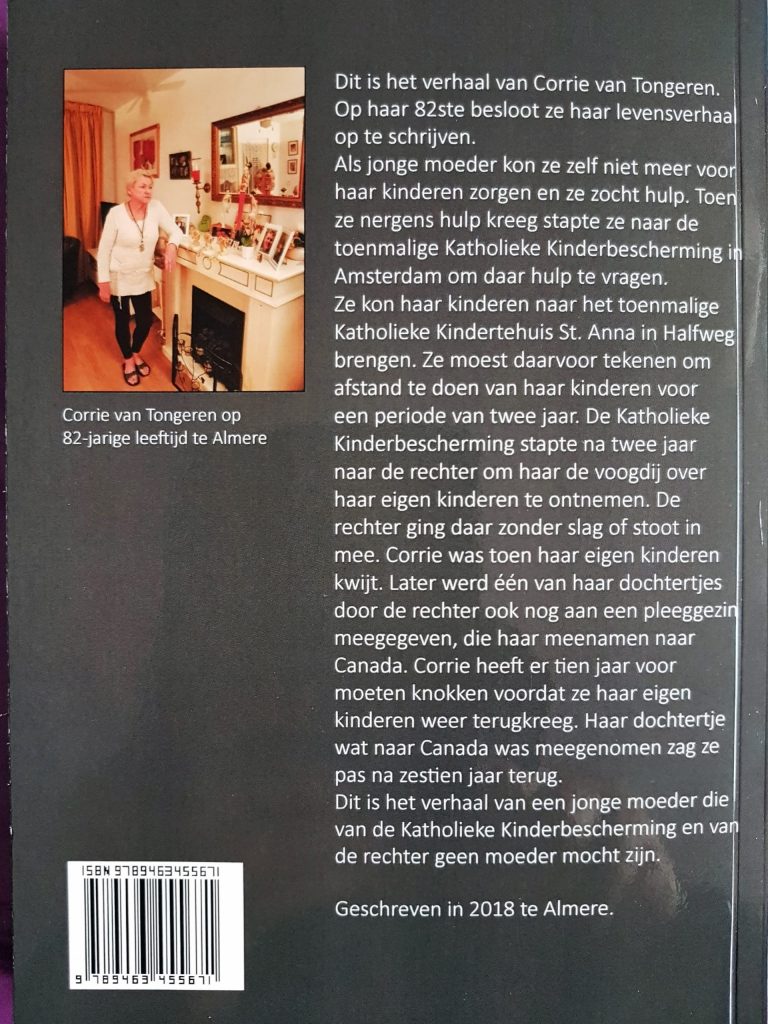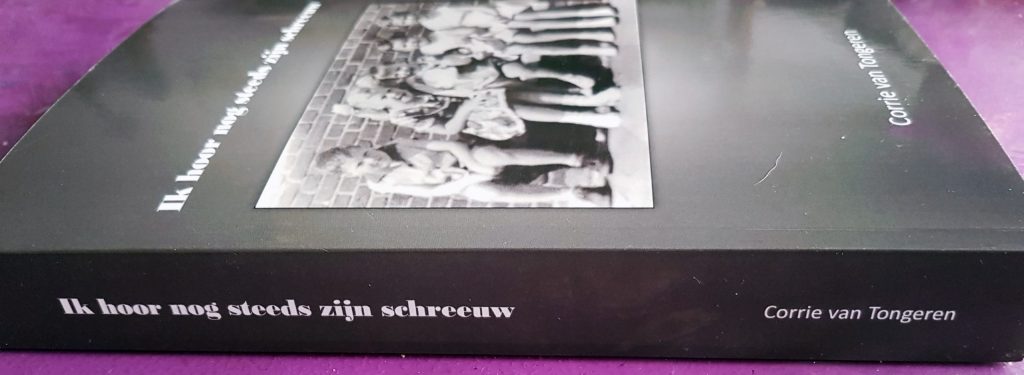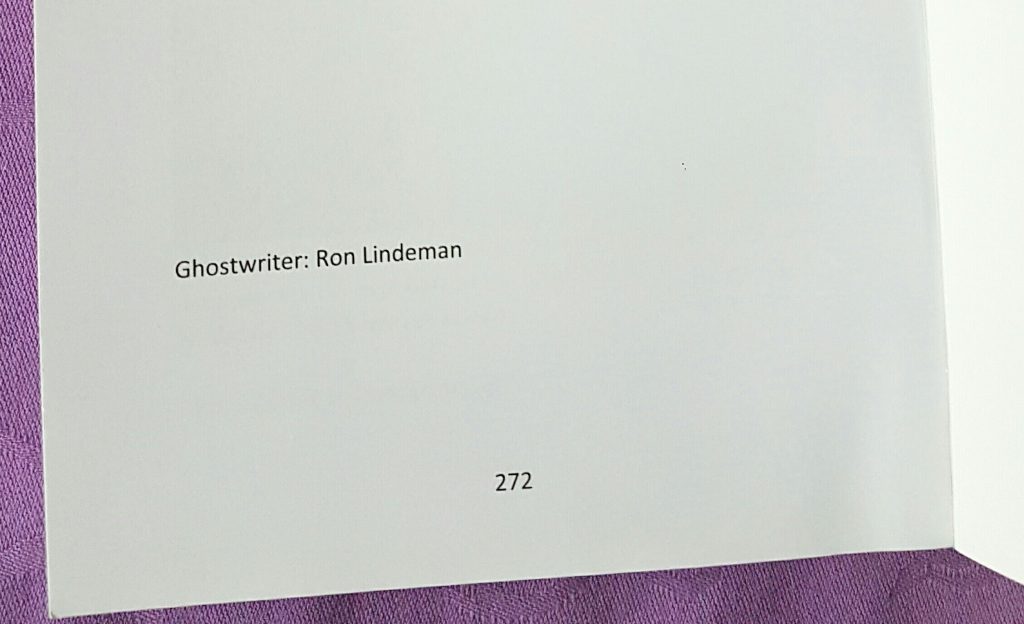On Books and Writing
On books and writing
A personal view
Writing is a creative process just as making music and painting is. Writing in this sense brings to mind books and in particular novels. As with art and music there are many different types and sorts of novels. Just look up all the types of novels yourself in a textbook. There is no specific definition of what “literature” is.
There are many theories of literature trying to explain what literature is.
There is of course also a history of literature. And yes, I did read some textbooks about these subjects but it didn’t help me much. More than informative it really was not.
At least not to me.
The best description of what a novel should be I read somewhere in a book. Albert Camus wrote this review in 1939. It was published in the newspaper “Alger Républicain”. To be precise in: “Albert Camus Selected Essays and Notebooks”. It is in a review of a novel by Jean-Paul Sartre called “La Nausée ( The Nausea)”

I quote: “A novel is never anything but a philosophy put into images. And in a good novel, the whole of the philosophy has passed into the images. But if once the philosophy overflows the characters and action, and therefore looks like a label stuck on the work, the plot loses its authenticity and the novel its life. Nevertheless, a work that is to last cannot dispense with profound ideas. And this secret fusion between experiences and ideas, between life and reflection on the meaning of life, is what makes the great novelist.”
Now I really am no Albert Camus, but the description really appeals to me. Ideas I already have.
The central figure must be a man who goes through life in a contemplative way. But who, defied by fate, is driven to go through deep valleys. The question is how he comes out of there. His life will be adventurous and dark. His goal will be to survive. His destiny is to obtain peace in his heart and soul. He possesses the ability to learn the right things from everything he goes through and experiences .
I like different sorts of books. But mostly I like books in which people live in isolation or in isolated environments. The grassy steppes in cold areas, the woody valleys, the greatness of the mountains, the from God forgiven isolation in urban deserts, and the like. Where human character qualities arise and people must find ways to transform hatred into appreciation.In which people learn to respect one another. Learn to love one another. In which people look for change. In which people have to make compromises to survive. To be able to live with each other. In which the heart and feelings conquer. In which wisdom and love conquer.
As I mentioned I do have my own ideas about writing a novel.
And I do have some favourite books and writers from the history of world literature.
First of all I like novels that are more than just superficial and shallow.
But novels can be thick or thin, stories can be long or short.
Novels can be complicated or easy to absorb and to digest mentally.
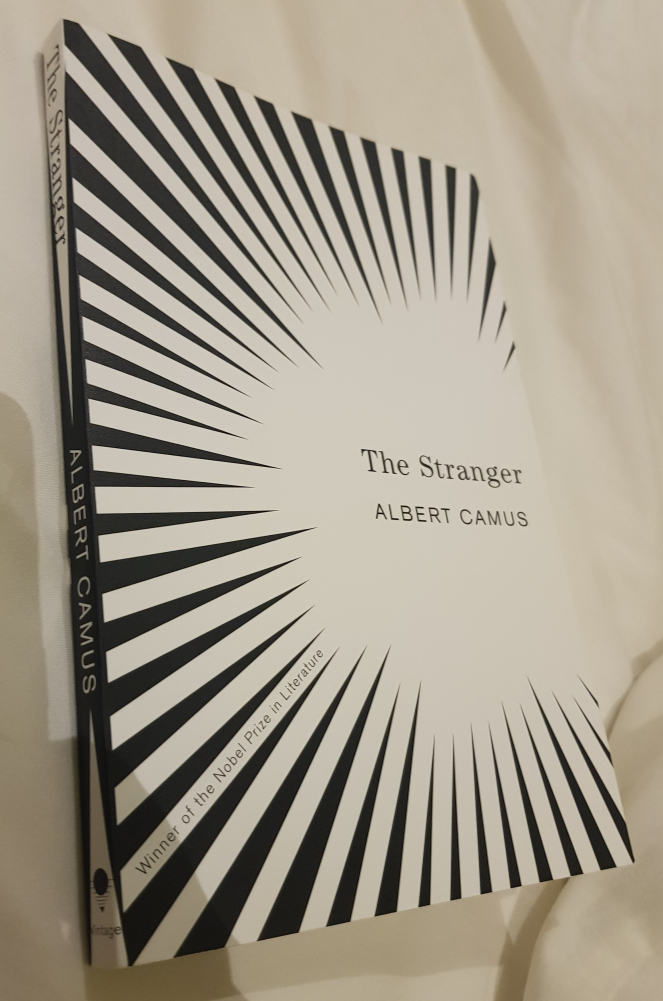
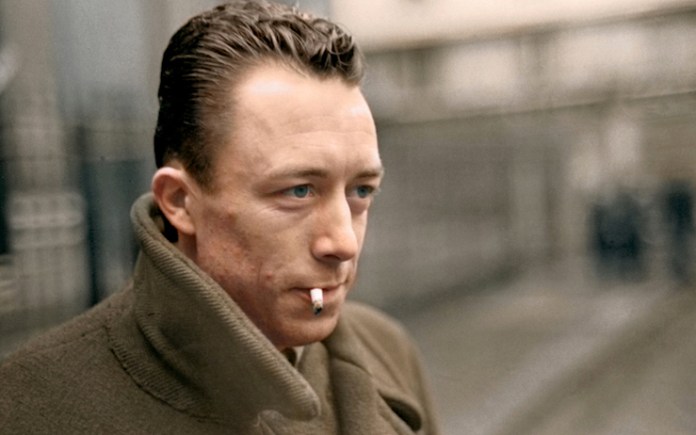
“The stranger” by Albert Camus is a relatively short novel and was written in 1942. Albert Camus ( 7 November 1913 – 4 January 1960) was a French philosopher, author, and journalist. He won the Nobel Prize in Literature at the age of 44 in 1957, the second-youngest recipient in history.
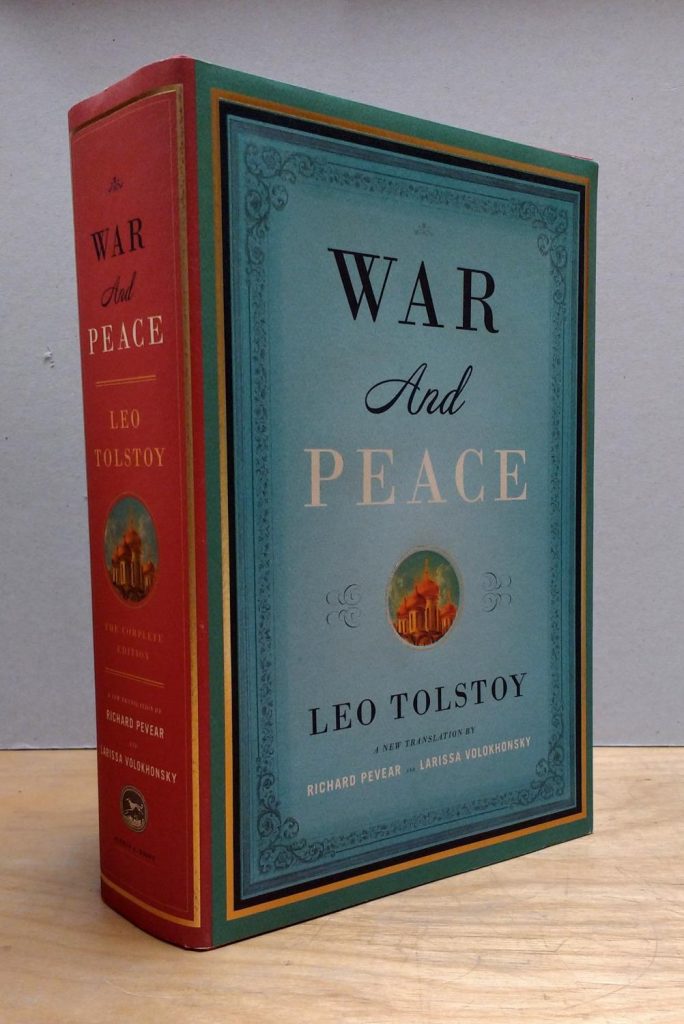
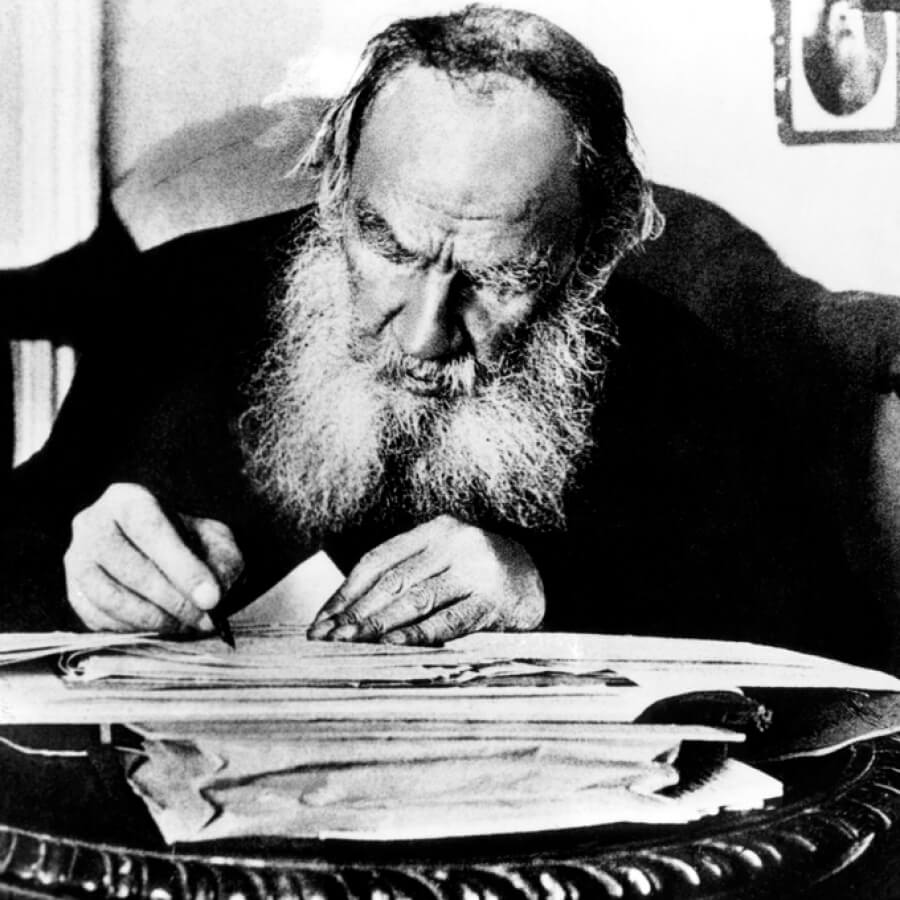
War and peace by Leo Tolstoy is a long novel and was published in 1869. Count Lev Nikolayevich Tolstoy ( 9 September 1828 – 20 November 1910), usually referred to in English as Leo Tolstoy, was a Russian writer who is regarded as one of the greatest authors of all time.He received multiple nominations for the Nobel Prize in Literature every year from 1902 to 1906 and nominations for Nobel Peace Prize in 1901, 1902 and 1910 and the fact that he never won is a major Nobel prize controversy.
The first, The Stranger, is relatively easy to read and the second, War and Peace, is more complicated.
But they are both novels with deeper underlying meaning.
They are both absolutely not superficial and shallow novels.
I mean, I have a lot of favourite writers and I learned from each of them something I carry with me and that remains in my mind.
From each different writer one can learn things that can help if you wish to write a novel yourself.
I believe language can be used in a free manner.
Language is not a static object but an evolving means to express ourselves and to communicate with others.
Like peoples migrate from one place on planet earth to another, cultural characteristics and differences will eventually mix .
People will start using words from the language migrants introduce.
Neologisms, new words, will be invented till they’ll find there way in everyday usage by people. It has always been that way. Still language should be used in a grammatically correct way. Besides that grammar and spelling must be correct, there’s the matter of which narrative mode to choose. There are several narrative modes: first-person view, second-person view, third-person view and alternating person view. The first-person view means that the character tells the story as “I”, or in the case of plural as “we”.
The second-view narrative mode means that the narrator refers to the character as “you”.
The third-person view refers to the characters as “he”, “she” or “they”.
The alternating person view means the writer switches from for example the third-person narrative mode to the first-person narrative mode.
I think I’d choose for either the third-person narrative mode or the alternating person view.
Or maybe a combination of both.
Like I tell the story describing each character from a distance but sometimes the individual characters seem to take over and tell the story from their own perspective.
I would like to mix passages in which I’d describe sceneries and events happening from an objective point of view but in a catching and captive and aesthetical way with dialogues between characters.
For example.
He drove the car to the edge of the parking-place overlooking the entire valley.
The view was spectacular, the green flowing fields on the mountainside that seem to move like waves of a grass-like ocean.
Hundreds of meters below him the river seemed to quietly lay down in the landscape.
Its water softly moving towards the ocean in the distance.
He turned around and looked up at the mountain behind him.
The sky so genuinely blue above the mountaintop, seemed to become one with the birds, weaving their wings or just appearing to gently float across the sky, enjoying the warmth of the morning-sun. He didn’t notice her approaching. He felt the soft warmth of her hand touching his shoulder. He turned and looked at her. Reached for her hand and caressed it against his cheek.
“We should leave now. I know that they’re waiting for us”, I said.
“Let’s just wait here for awhile. I want to be with you now”, she answered.
You get the point?
I like writers who take effort in extensive research before actually start writing.
I mean, it’s important to know everything or at least as much as possible about the subject matter you’ll be writing about. Like the physical environment, geography, cultural background, etc.
A man like the American author James Michener bothered to do really extensive research for each book he wrote.
I like that.
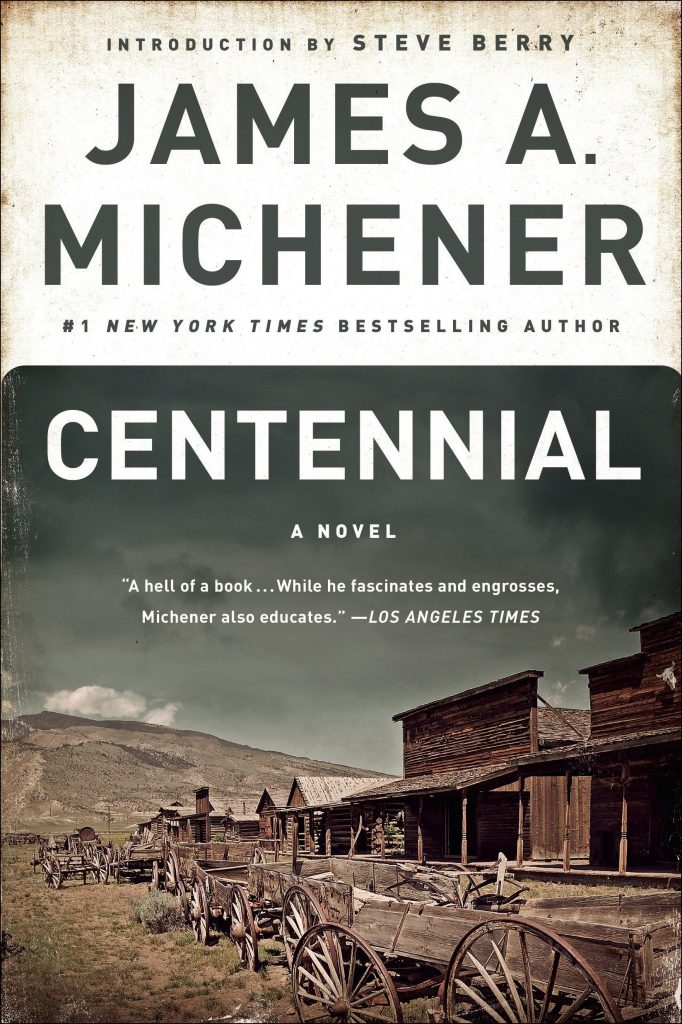
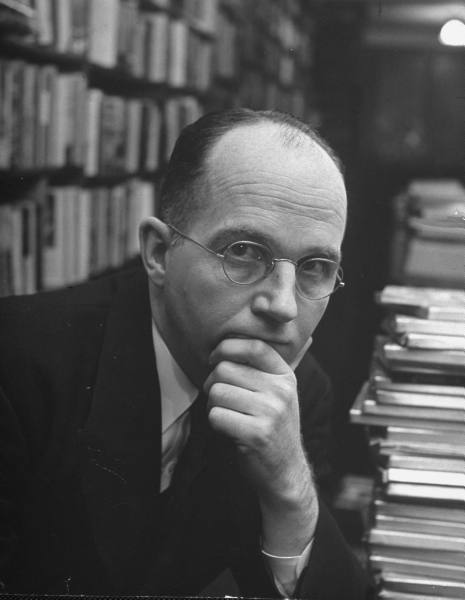
James Michener wrote a book called “Centennial” in 1974, which describes several generations of families in the west of the United States. James Albert Michener ( February 3, 1907 – October 16, 1997) was an American author. He wrote more than 40 books, most of which were lengthy, fictional family sagas covering the lives of many generations in particular geographic locales and incorporating solid history.
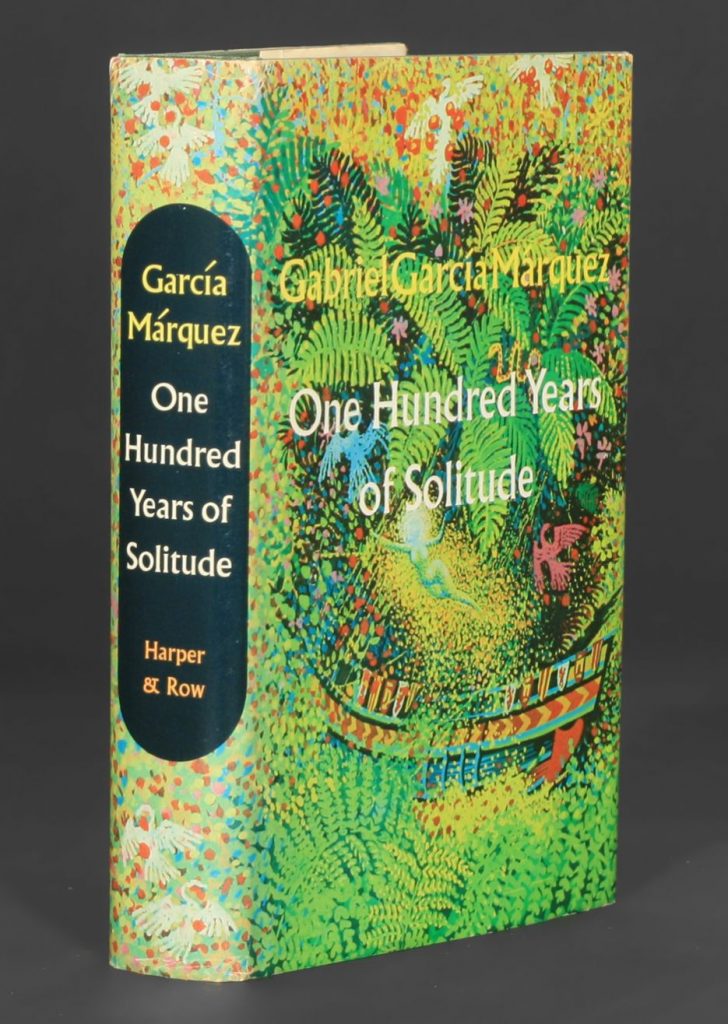
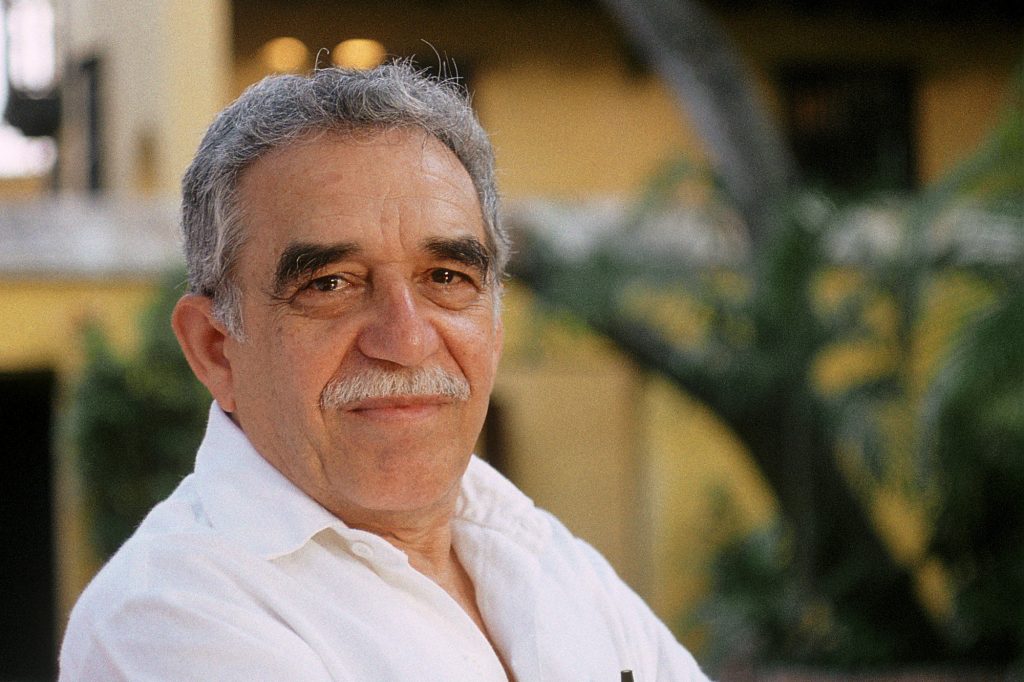
Gabriel Garcia Marquez wrote a book called “A hundred years of solitude” describing six generations of the Buendía family. The book was published in 1967. Gabriel José de la Concordia García Márquez (6 March 1927 – 17 April 2014) was a Colombian novelist, short-story writer, screenwriter, and journalist, known affectionately as Gabo or Gabito throughout Latin America. Considered one of the most significant authors of the 20th century, particularly in the Spanish language, he was awarded the 1972 Neustadt International Prize for Literature and the 1982 Nobel Prize in Literature.
The description of how several family-members are and develop or change, is fascinating.
I mean, both writers had to schematically set up generations of family-members, giving them names and their own specific identities and personalities.
Every single character starts to live.
You have to figure out where they lived, the location, the place, city, region, country, geographical characteristics, etc.
You have to imagine how their houses look like, how the persons look like, how they dress, what they eat and drink, what kind of things they like to do, etc, etc.
If you’re planning to write a historical novel you have to look up the history books to get detailed information.
You have to first create numerous different persons, characters, who seem to be factually and really alive while in fact they’re just products of your imagination.
That’s pleasantly insane and on the edge of becoming schizophrenic.
“War and peace” by Lev Tolstoy contains numerous characters and there are so many similar novels.
And they don’t have to be novels with realistic stories.
Think of the “Lord of the rings” by John R.R.Tolkien or the Harry Potter books by Joanne K.Rowling.
But I prefer novels based on real life.
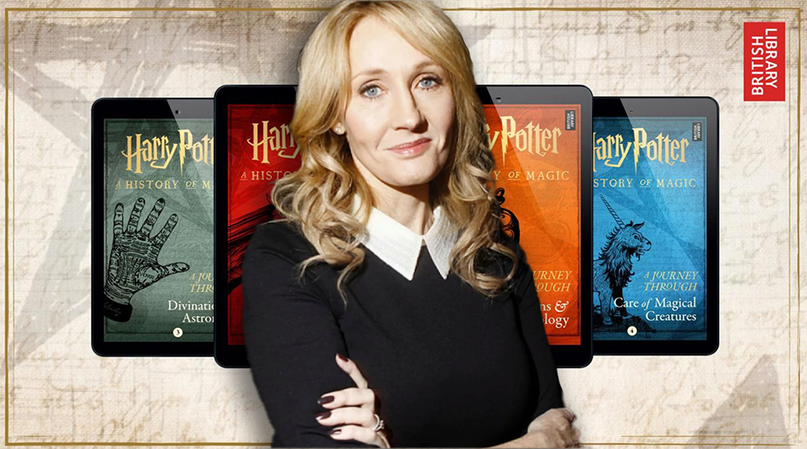
Joanne K. Rowling Joanne Rowling, ( born 31 July 1965), better known by her pen name J. K. Rowling, is a British author, screenwriter, producer, and philanthropist. She is best known for writing the Harry Potter fantasy series, which has won multiple awards and sold more than 500 million copies, becoming the best-selling book series in history. The books are the basis of a popular film series, over which Rowling had overall approval on the scripts and was a producer on the final films.
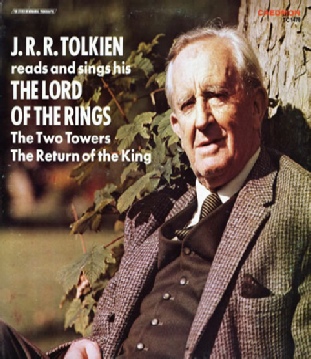
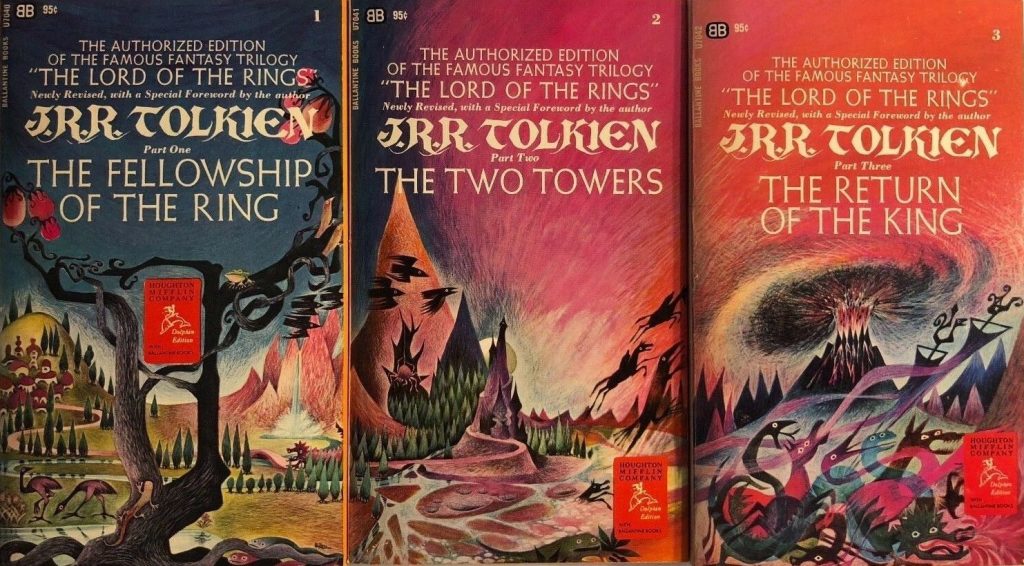
John Ronald Reuel Tolkien (3 January 1892 – 2 September 1973) was an English writer, poet, philologist, and academic. He was the author of the high fantasy works The Hobbit and The Lord of the Rings.
I prefer writers who have gone through life unconventionally and went through deep valleys that shaped their personal character.
I mean, one can learn a lot in the intellectual way through textbooks and the like but there is no better school to become a good writer than the school of life itself .
That, at least, is my own modest opinion.
If you have a boring average life which seems to just calmly float on, and the only worry you have is what to wear when you get up in the morning, and the only frustration you get is when you find you forgot to buy milk, there’s little inspiration.
When Joanne Rowling started to write her first Harry Potter book, she was really poor, and only had an empty purse and a heap of problems and worries, and she wrote the book in a pub. Now she is one of the richest women in England.
It doesn’t say anything about the literary and artistic level of a book, but having experienced some heavy things in life might give you the inspirational edge, so to speak.
A writer like Ernest Hemmingway joined the Italian army, and later got into the Spanish civil war, and wrote books based on what he must have seen and witnessed and experienced; books such as “A farewell to arms” and “For whom the bell tolls”.
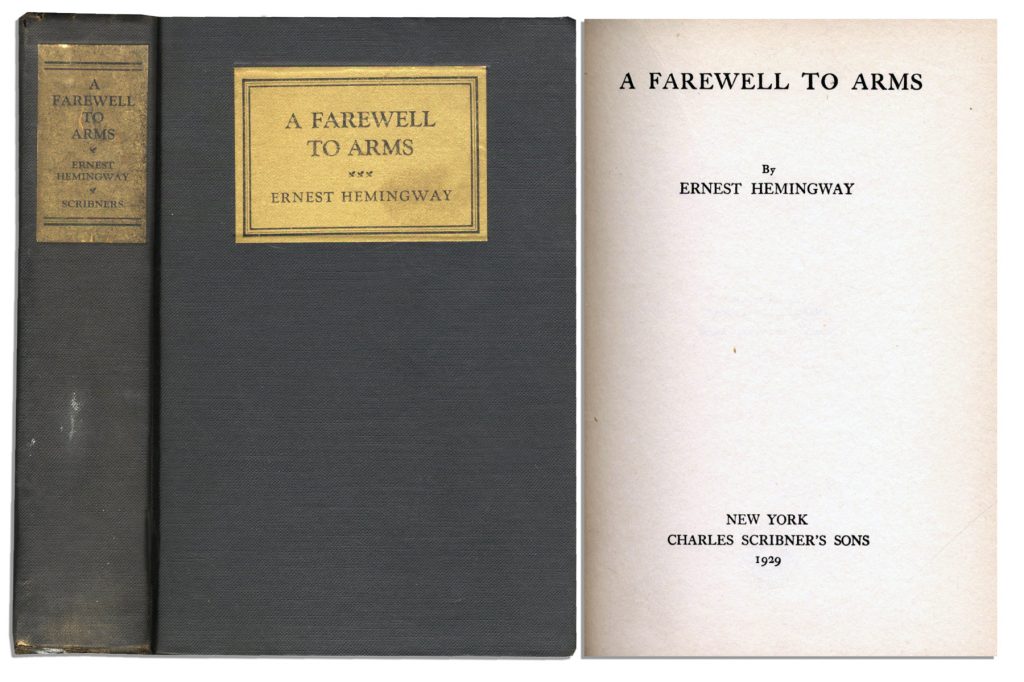
A Farewell to Arms is a novel by Ernest Hemingway set during the Italian campaign of World War I. First published in 1929, it is a first-person account of an American, Frederic Henry, serving as a lieutenant (“tenente”) in the ambulance corps of the Italian Army. The title is taken from a poem by the 16th-century English dramatist George Peele.
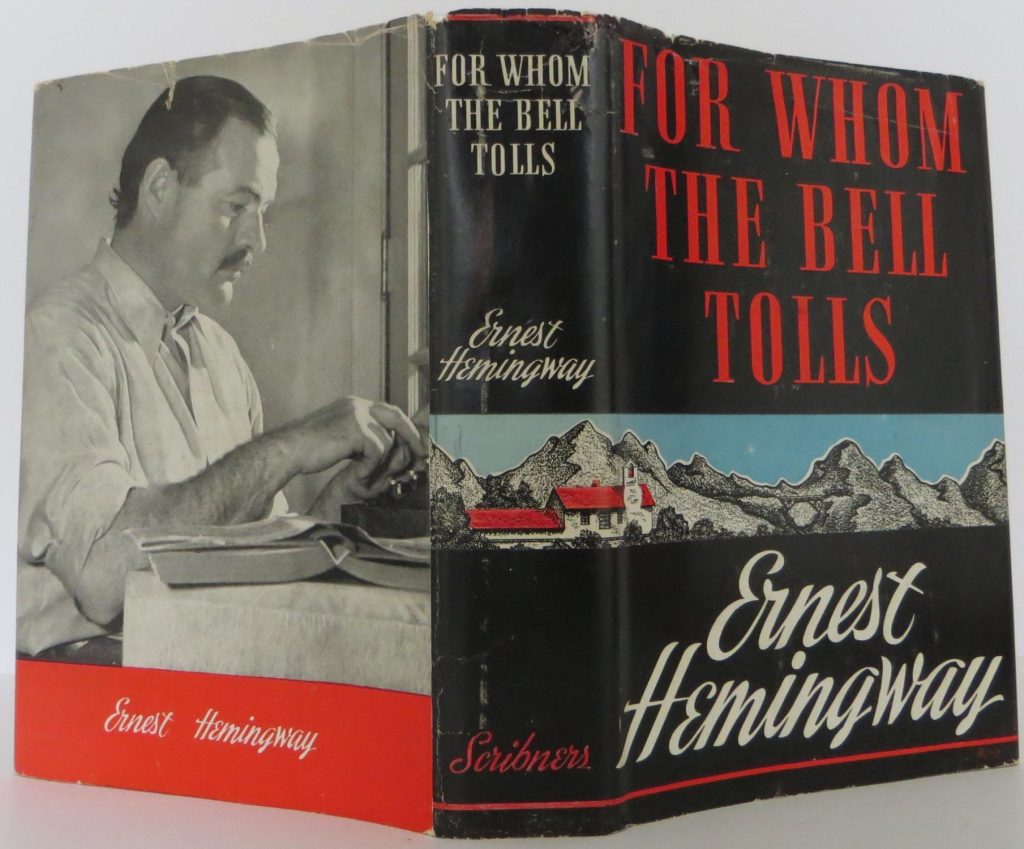
For Whom the Bell Tolls is a novel by Ernest Hemingway published in 1940. It tells the story of Robert Jordan, a young American volunteer attached to a Republican guerrilla unit during the Spanish Civil War. As a dynamiter, he is assigned to blow up a bridge during an attack on the city of Segovia.
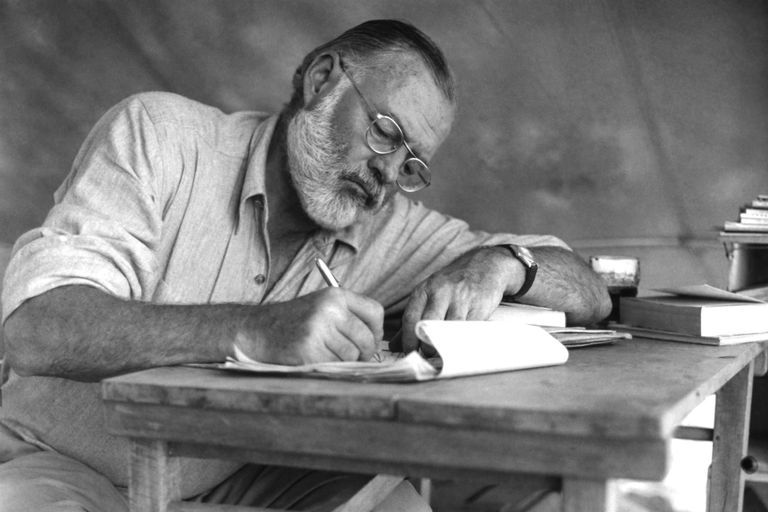
Ernest Miller Hemingway (July 21, 1899 – July 2, 1961) was an American journalist, novelist, short-story writer, and sportsman. His economical and understated style—which he termed the iceberg theory—had a strong influence on 20th-century fiction, while his adventurous lifestyle and his public image brought him admiration from later generations. Hemingway produced most of his work between the mid-1920s and the mid-1950s, and he won the Nobel Prize in Literature in 1954.
Aleksander Solzhenitsyn spent 8 years of his life in prison-camps after writing something bad about Stalin. He was imprisoned from 1945 to 1953.
It must have shaped and formed and influenced him emotionally and mentally.
If you can come out strong, out of such bad periods in your life, you’ll be a stronger person.
The other way is that you go down. Such events leave long-lasting impressions in your mind, heart and soul . And scars.
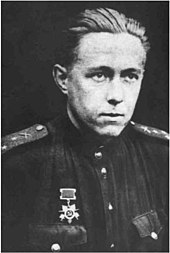
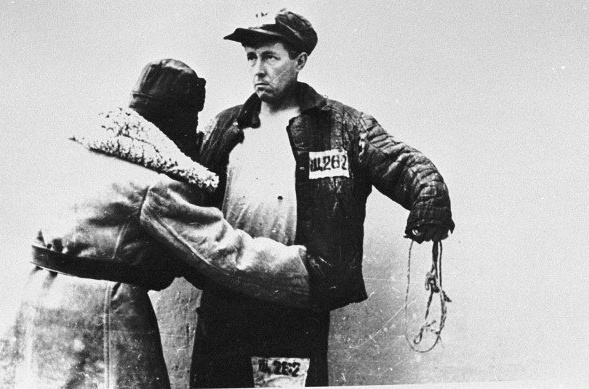
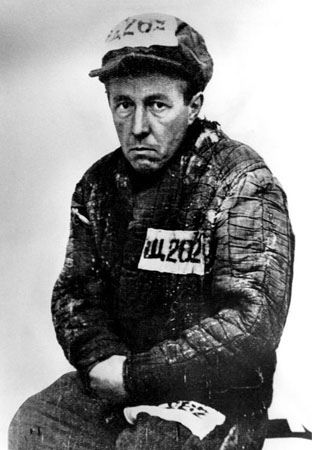

Aleksandr Isayevich Solzhenitsyn (11 December 1918 – 3 August 2008) was a Russian novelist, philosopher, historian, short story writer and political prisoner. Solzhenitsyn was an outspoken critic of the Soviet Union and Communism and helped to raise global awareness of its Gulag labour camp system.
After serving in the Soviet Army during World War II, he was sentenced to spend eight years in a labour camp and then internal exile for criticizing Josef Stalin in a private letter. He was allowed to publish only one work in the Soviet Union, the novel One Day in the Life of Ivan Denisovich (1962). Although the reforms brought by Nikita Khrushchev freed him from exile in 1956, the publication of Cancer Ward (1968), August 1914 (1971), and The Gulag Archipelago (1973) beyond the Soviet Union angered authorities, and Solzhenitsyn lost his Soviet citizenship in 1974. He was flown to West Germany, and in 1976 he moved with his family to the United States, where he continued to write. With the dissolution of the Soviet Union, his citizenship was restored in 1990, and four years later he returned to Russia, where he remained until his death in 2008.
He was awarded the 1970 Nobel Prize in Literature “for the ethical force with which he has pursued the indispensable traditions of Russian literature”. His The Gulag Archipelago was a highly influential work that “amounted to a head-on challenge to the Soviet state” and sold tens of millions of copies.

The Gulag Archipelago: An Experiment in Literary Investigation is a three-volume, non-fiction text written between 1958 and 1968 by Russian writer and historian Aleksandr Solzhenitsyn. It was first published in 1973, followed by an English translation the following year. It covers life in what is often known as the Gulag, the Communist Soviet forced labour camp system, through a narrative constructed from various sources including reports, interviews, statements, diaries, legal documents, and Solzhenitsyn’s own experience as a Gulag prisoner. In Russian, the term GULAG (ГУЛАГ) is an acronym for Main Directorate of Camps ).

German writer Günther Grass worked as a farmer, a miner and labourer after World War II before he got into art as a sculptor and a graphic artist.
He wrote a great book I , published in 1959, called “The tin drum”.
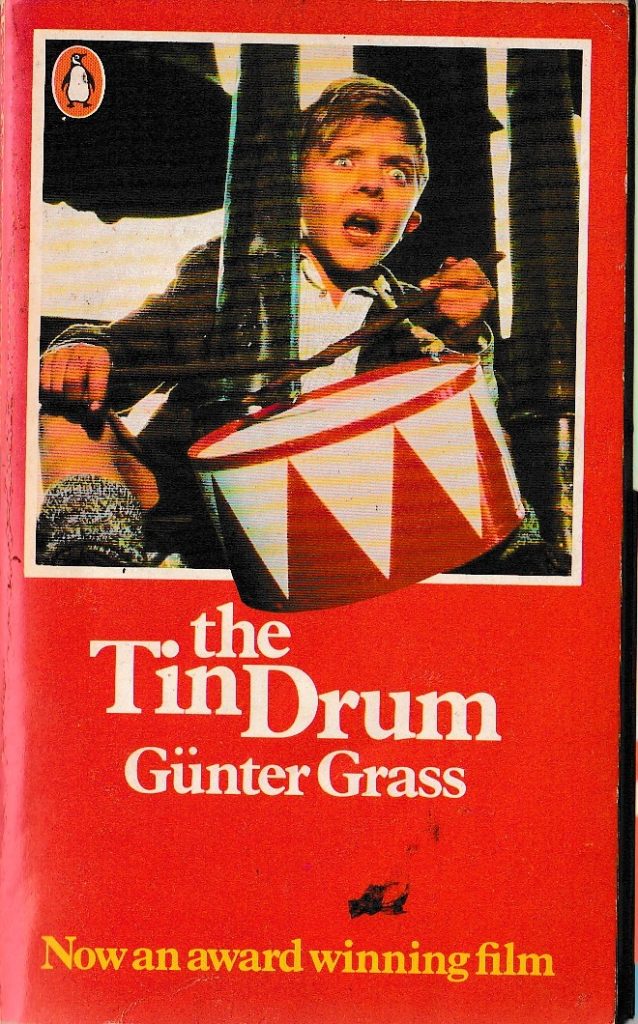

Günter Wilhelm Grass ( 16 October 1927 – 13 April 2015) was a German-Kashubian novelist, poet, playwright, illustrator, graphic artist, sculptor, and recipient of the 1999 Nobel Prize in Literature.
The Tin Drum (German: Die Blechtrommel) is a 1959 novel by Günter Grass. The novel is the first book of Grass’s Danziger Trilogie (Danzig Trilogy). It was adapted into a 1979 film, which won both the Palme d’Or, in the same year, and the Academy Award for Best Foreign Language Film the following year. The story revolves around the life of Oskar Matzerath, as narrated by himself when confined in a mental hospital during the years 1952–1954. Born in 1924 in the Free City of Danzig (now Gdańsk, Poland), with an adult’s capacity for thought and perception, he decides never to grow up when he hears his father declare that he would become a grocer. Oskar Matzerath is an unreliable narrator, as his sanity, or insanity, never becomes clear. He tells the tale in first person, though he occasionally diverts to third person, sometimes within the same sentence.
Life is a dramatic story worth telling.
Life is not a nice beautiful rose-garden , it’s not a paradise. Life can be very hard and rough.
Life can tear you to pieces. For most human beings life is an everyday struggle to survive.
Human beings also have ugly characteristics. Selfishness, greed, violence, hate and such are ugly human properties. People can do extremely ugly and bad things to each other.
Human interactions, human behaviour in real life is an open source of inspiration.
To create characters in a novel that differ from each other and behave like in real life itself in all it’s complexity and to compose a story around them and weave the story in between to connect them is fascinating.
That’s a challenge and at the same time a great thing to do.
I believe a story should reflect real life.
I give you some scenarios.
There’s a young girl raped and murdered and buried in the garden of the neighbour next-door. The neighbour happens to be a policeman. The nation follows the story in horror.
Everybody is baffled. How could this happen?
The parents are in deep grief and hundreds of thousands of fellow citizens openly show their sympathy with the parents and relatives of the murdered girl. Questions arise.
Why was it a policeman? Why did he do it? What about the family of the policeman?
What about his girlfriend? What about the parents of the murdered girl?
What about her brother and sister?
What will happen to all those grieving relatives left in this world wondering why this happened? Why did it happen to their little girl?
How will life go on for them? It’s a gruesome story.
Is it a fantasized story?
No, it really happened.
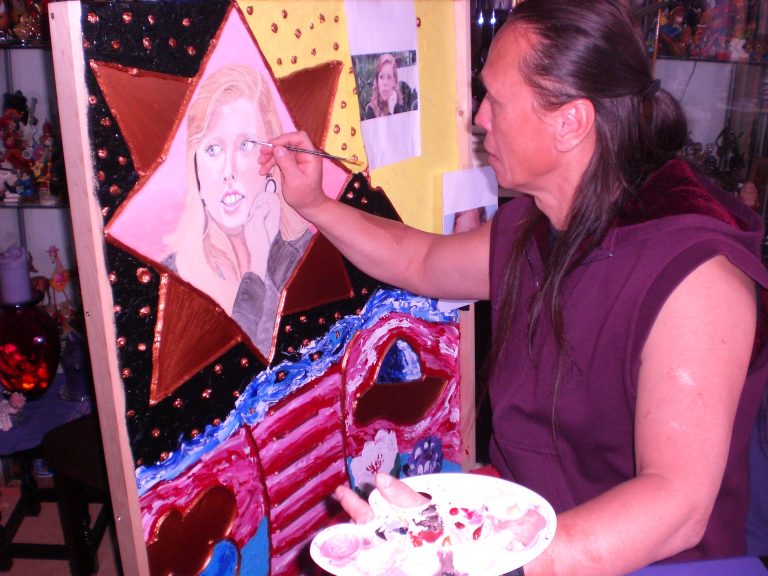
Portrait painted in 2010 for the parents of 12 year old girl Milly Boele who was murdered by a neighbour.
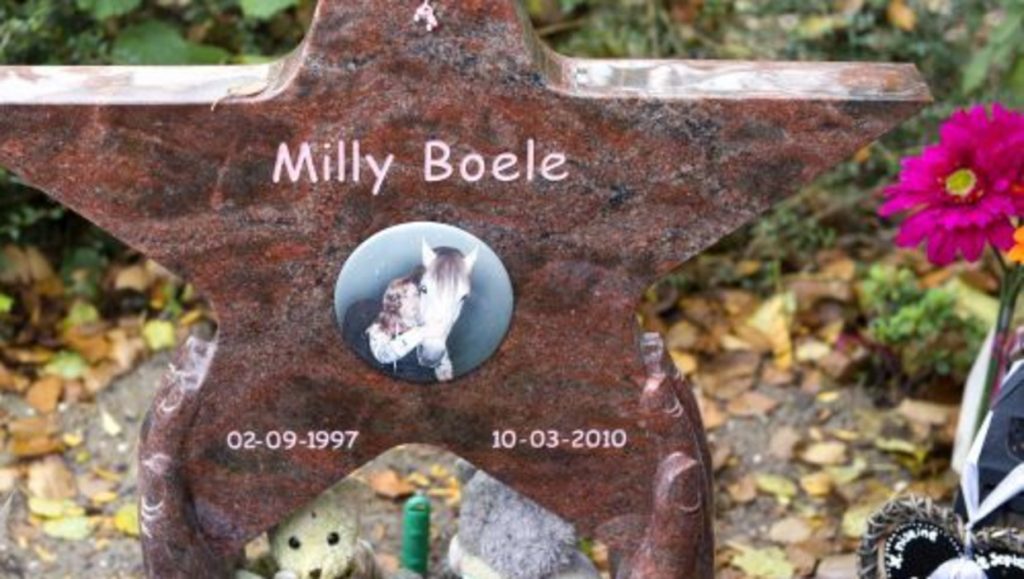
A little girl is taken to a pedophile by her mother.
He sexually abuses the girl in the presence of her mother who is paid money.
Years later the same girl, now a young woman, gets into some nasty relationships with wife-beaters, men who beat her up severely.
Somehow she seems to meet the wrong persons.
She’s giving birth to two children herself.
Still years later, when she’s in her early thirties, her 12-year old daughter tells her she’s been raped by a man she knows.
Something snaps in her mind.
She takes a knife and murders the man.
She is sentenced to 12 years imprisonment.
Her two children are taken away from her.
Years later she is released from prison .
What will happen to her?
Did she had the right to kill the man who raped her daughter?
Or was it because it happened to her when she was a little girl?
What is right and what is wrong in this story?
Who is wrong and who is right in this story?
What is justice?It’s a gruesome story.
Is it a fantasized story?
No, it really happened.
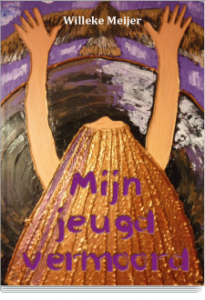
This book in Dutch Willeke Meijer Mijn jeugd vermoord ( Willeke Meijer My youth murdered) is about the life of a woman who killed a man who raped her daughter.
In an Asian country before World War II a boy grows up.
He comes from a European family living there.
While still a young boy his parents die and he is raised by his eldest sister.
Years later he decides to go into the military and joins the army.
After a while he gets married and starts working as a civilian.
World War II ignites and in the South-East Asian region the Japanese invade and conquer country after country and also the country he lives in.
He is mobilised again and as a sergeant he leads his unit into battle until he is captured and forced to surrender.
The Japanese transport him and thousands like him to the island of Kyushu in Japan to work their as prisoners of war in the coalmines for 3 years.
After they are liberated by the Americans he returns to his country and finds his wife has disappeared from the face of the earth and he has lost everything.
How shall he go on in his life?
How can he live with the horrors of war he saw?
How can he overcome the humiliations by the Japanese as a prisoner of war?
Does he still believe in humanity?
Is it a fantasized story?
No it is a true story.
It was my father.
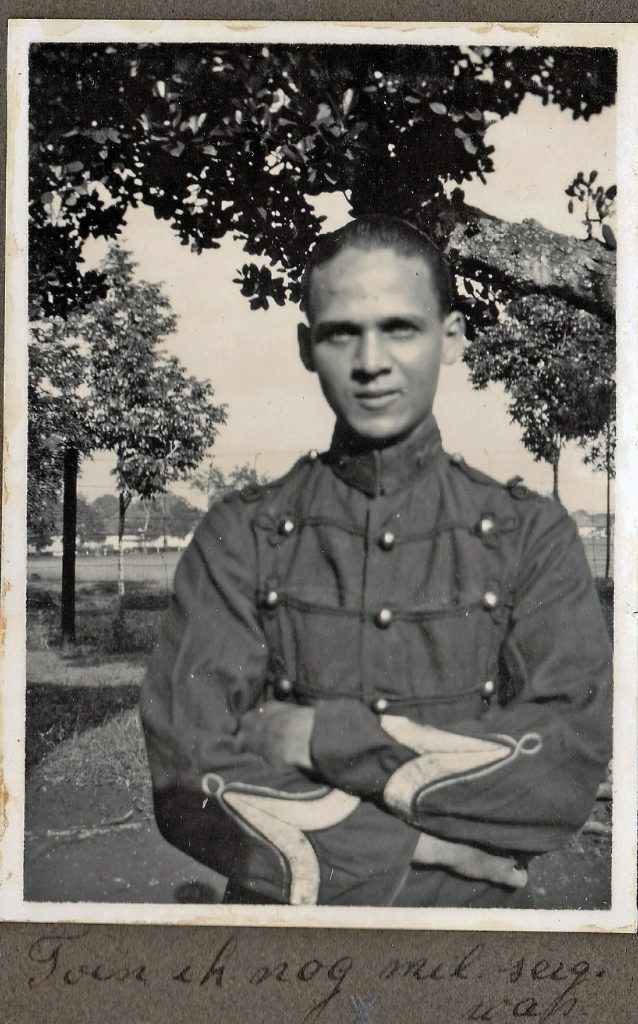
My father as a young sergeant in the KNIL ( Royal Netherlands Indies Army) before WWII.
It are just three examples of real-life stories that can serve as inspirational sources for a novel.
It’s what Hemmingway did .
He wrote “A farewell to arms” based on his experience when he joined the Italian army.
It is what James Michener did.
He wrote his first novel “Tales of the South Pacific” based on what he witnessed and experienced as a lieutenant in the U.S.Navy based in the South Pacific.
Günther Grass based his book “The tin drum” on his own experiences in Germany before World War II.
It is how a lot of writers work.
They write their novels based on their own experiences from their own lives.
Human life can be a drama.
Human drama can work inspiring, be inspirational for novelists

Greetzzzzz Ron

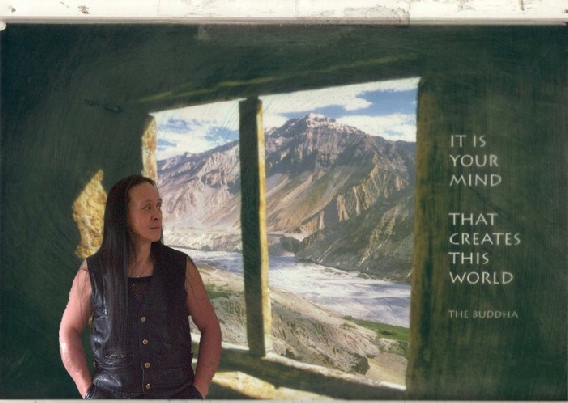

Need a Ghostwriter?
Ron also works as a ghostwriter. He writes books and edits manuscripts for people who are not able to do it for themselves. These are mostly biographical or autobiographical books. He can write a book in Dutch or English.
As a ghostwiters he first interviews the person and it can take between 10 to 20 interviews before he decides to start writing the book. He also does research in the sense that he goes through documents, photos and other materials that he can use in case of an autobiographical book.
If you are interested you can contact him.
Below are pictures of a book in Dutch which Ron wrote as a ghostwriter for a woman named Corrie van Tongeren.

